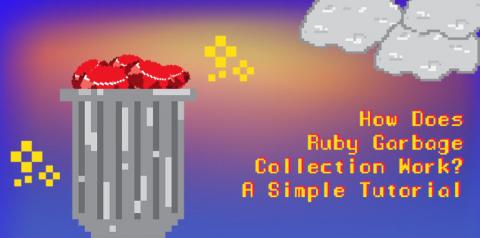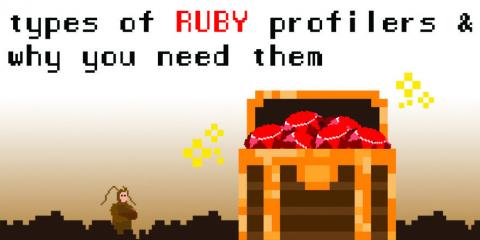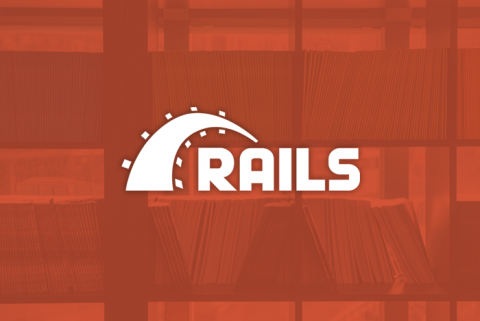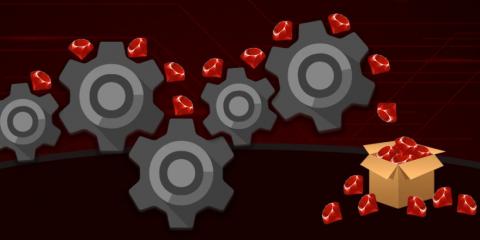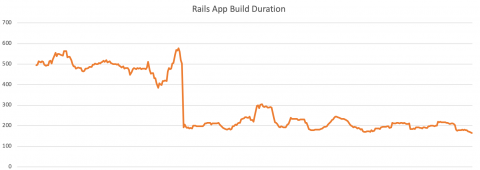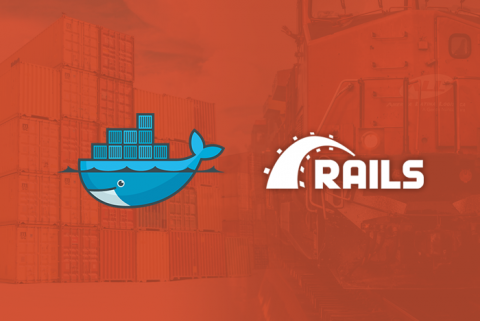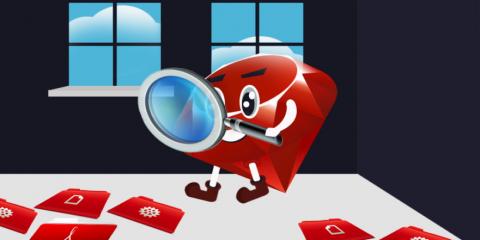How Does Ruby Garbage Collection Work? A Simple Tutorial
Ruby, like most other modern, high-level programming languages, doesn’t force you to manage memory. This feature is called garbage collection, or GC, and you get it for free in Ruby. You can write tons of Ruby code and never give a second thought to the fact that under the covers, Ruby is doing a bang-up job of allocating and freeing memory for your code to use. But it certainly couldn’t hurt to learn something about how Ruby garbage collection works.


